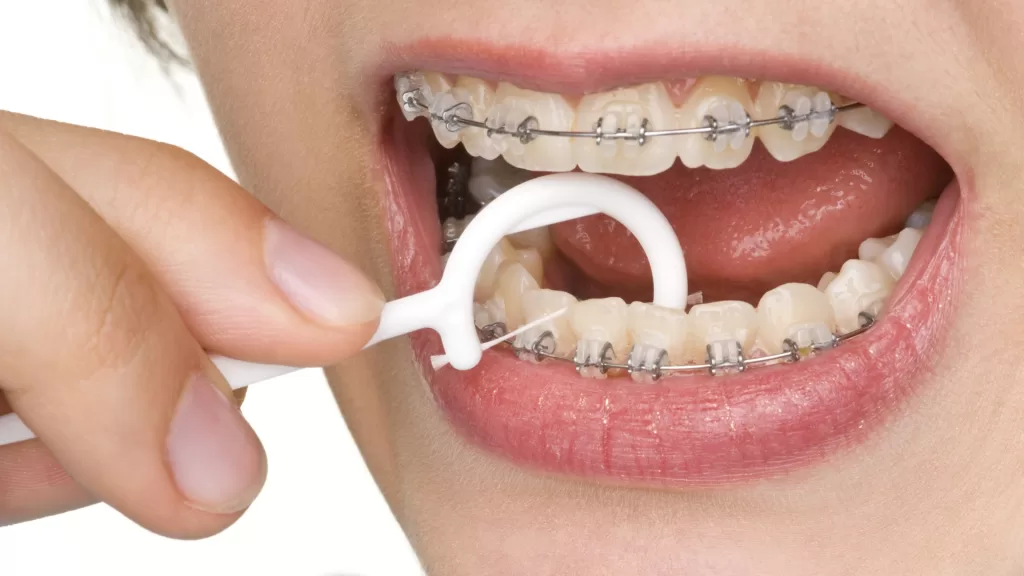Oral hygiene is the practice of keeping the mouth clean and free from diseases. It’s also known as dental hygiene. However, it involves brushing the teeth, regular visits to the dentist, and observing good hygiene habits. It helps to:
- Stop oral health problems like cavities, gum disease, and bad breath.
- It is part of a long-lasting overall health – bacteria from the mouth can be carried through the bloodstream to other parts and cause harm.
Types of oral hygiene methods.
So, there are several oral health methods as noted below;
- Brushing the teeth – twice daily, in the morning and evening before going to bed. Use fluoride toothpaste and a soft-bristled toothbrush. Fluoride protects tooth decay which is also known as cavities. This is because it strengthens the enamel. Again, bristles should be placed at an angle of 45°C toward the gum line. This helps to sweep away plaque and bacteria in the gum lining. Brush in a circular motion and gently to avoid injury to the gum. brush all the sides of the teeth.
- Use of mouthwash – antibacterial type is recommended. This is because it keeps the oral bacteria at bay. It also washes away any food debris thus plaque buildup is reduced.
- Regular visits to the dentist. Can be twice a year minimum or as advised by the dentist.
- Avoid the use of tobacco products such as smoking. It is a leading cause of gum disease or oral cancer.
- Flossing. This should be done daily. Spaces between the teeth can’t be cleaned by brushing alone. To clean these areas dental floss comes in hand. Wrap each end of the floss around the middle fingers. The thumb and forefingers guide the floss between two teeth. The floss is wrapped smugly around one tooth in a C shape, clean it up and down. Down the same for all teeth.
- Eat healthy food – avoid sugar products like sweets.
- Changing toothbrush every 3 months- worn-out brushes do not clean the teeth and gums well.
Signs of poor oral health.

- Toothache or pain- It can be a result of tooth decay especially when it reaches the inner nerves of the teeth.
- Bleeding gums.
- Bad breath.
- Mouth sores.
- Change of tongue color.
- Dry mouth.
- Plaque builds up in the teeth and gums.
Oral health diseases.
- Tooth decay- also known as dental caries. It develops when plaque builds up on the teeth’ surfaces. Converts free sugar in food and drinks into acids that are used to destroy teeth over time if dental hygiene is not improved.
- Gum diseases or periodontal- So, this affects tissues that surround and give support to the teeth. This can lead to bleeding and swollen gums.
- Oral cancer- However, this is common in excessive use of tobacco and alcohol.
- Tooth loss.
- Tooth sensitivity.
- Also, tooth staining.
- Bad breath.
Advantages of good oral hygiene.
- Ensures fresher breath.
- Reduces dental work e.g. crowns and dentures.
- Gives you a beautiful smile.
- Risks of other health conditions are reduced.
- Also, helps to maintain healthier teeth and gums.
Risk factors of oral health.
- Oral cancer.
- Type 2 diabetes-diabetic people who don’t keep good oral hygiene bring a risk to their health. However, this is because it can worsen if they develop bleeding gums.
- Cardiovascular disease- if bacteria in the mouth gum enters the bloodstream it can be carried to the heart.
- Periodontal diseases due to plaque build-up.
- The best private primary schools in Nyeri county.
- List of best private primary schools in Kirinyaga County.
- A list of special secondary schools, and contacts.
- List of Accredited Private Universities in Kenya
- What is the history of Kenyatta University?
- Best Public High Schools in Kiambu County.
- List of Best private secondary schools in Nairobi County.